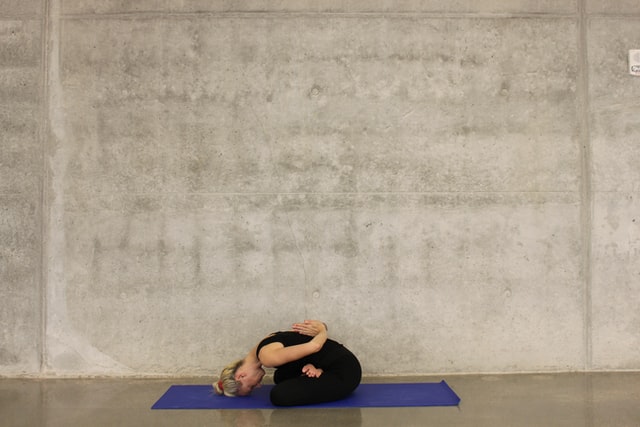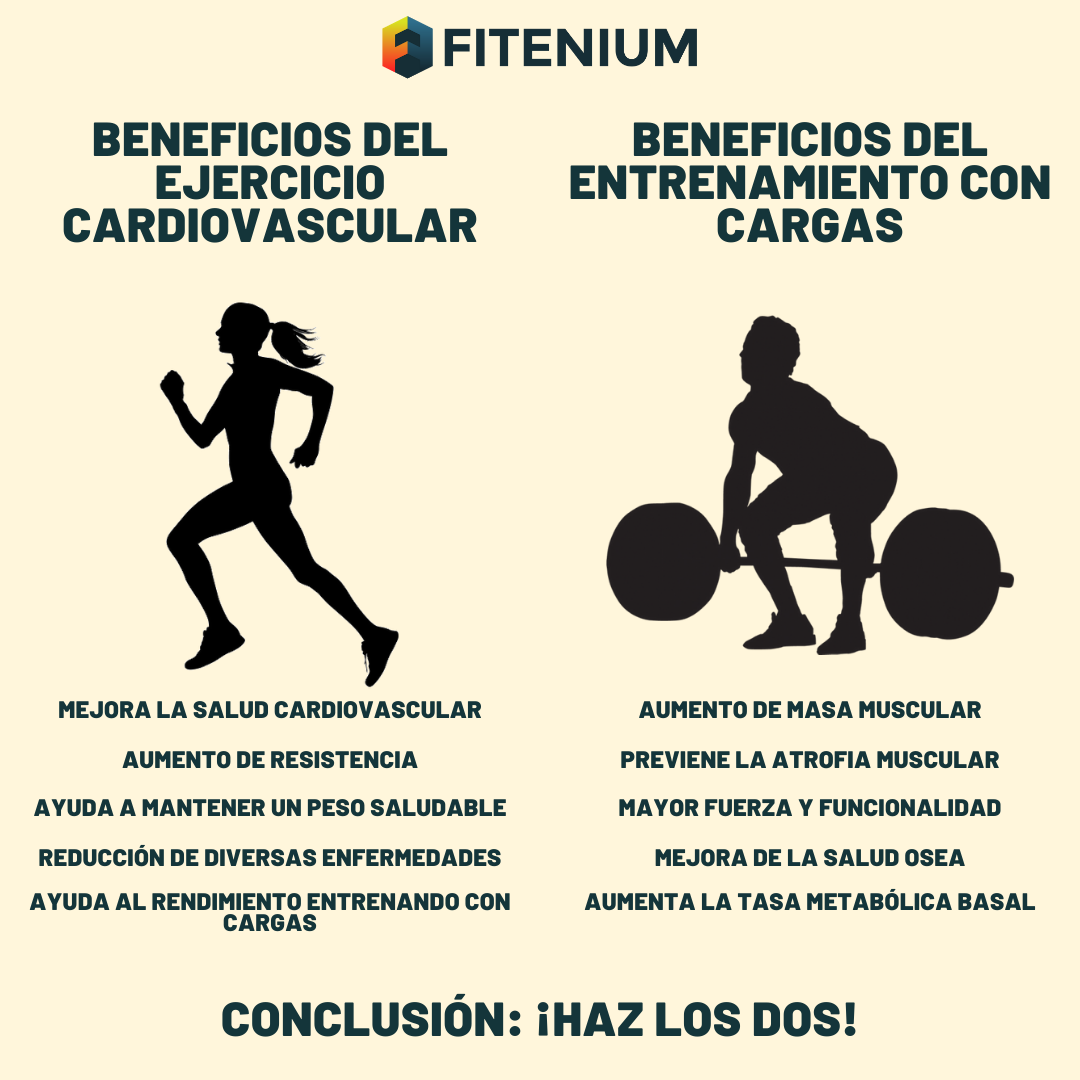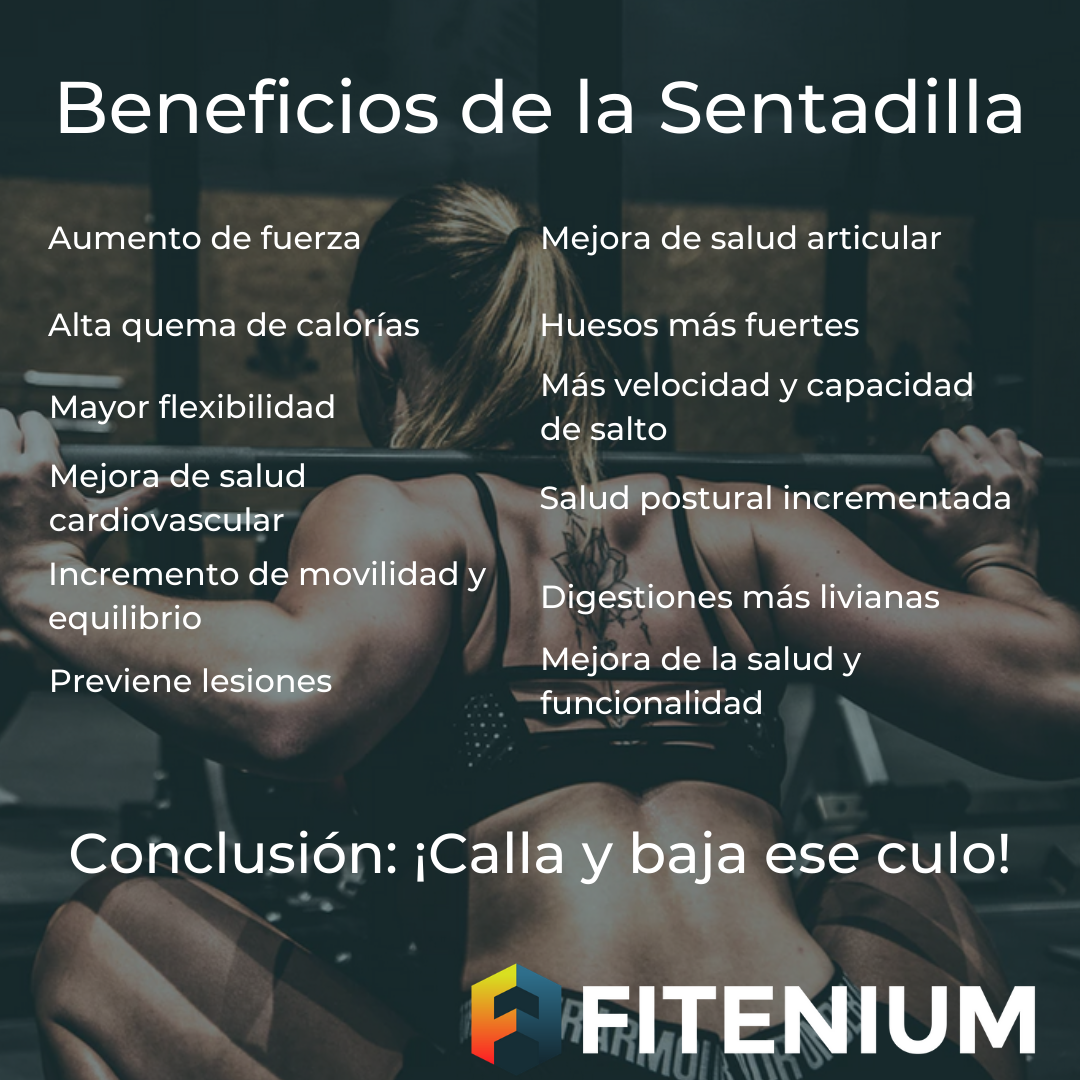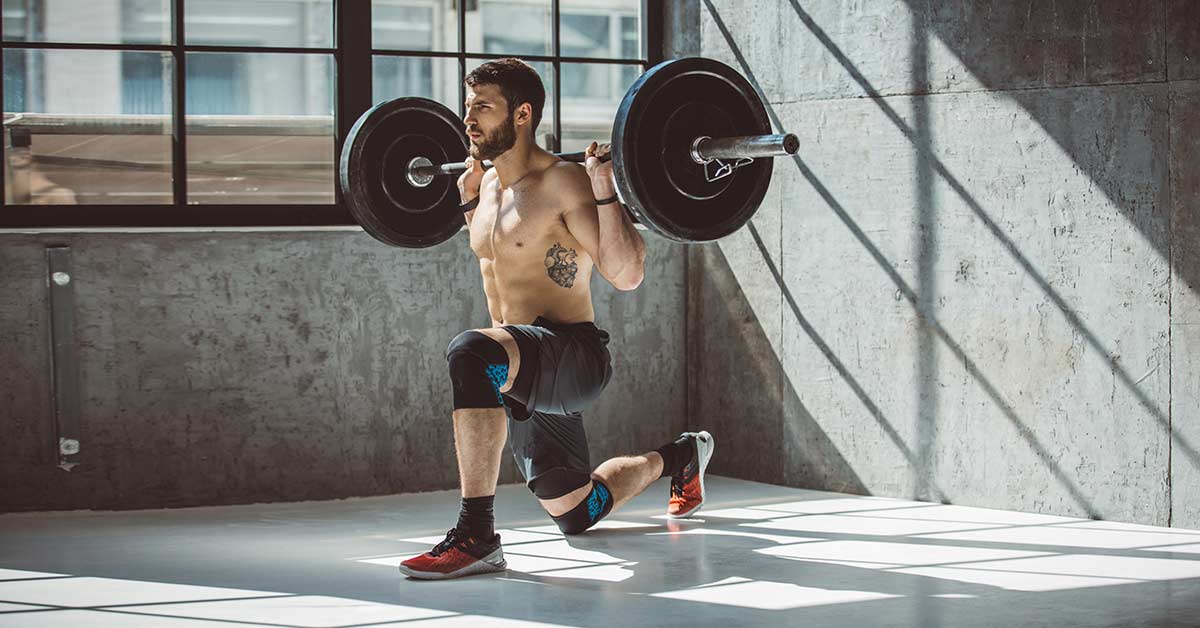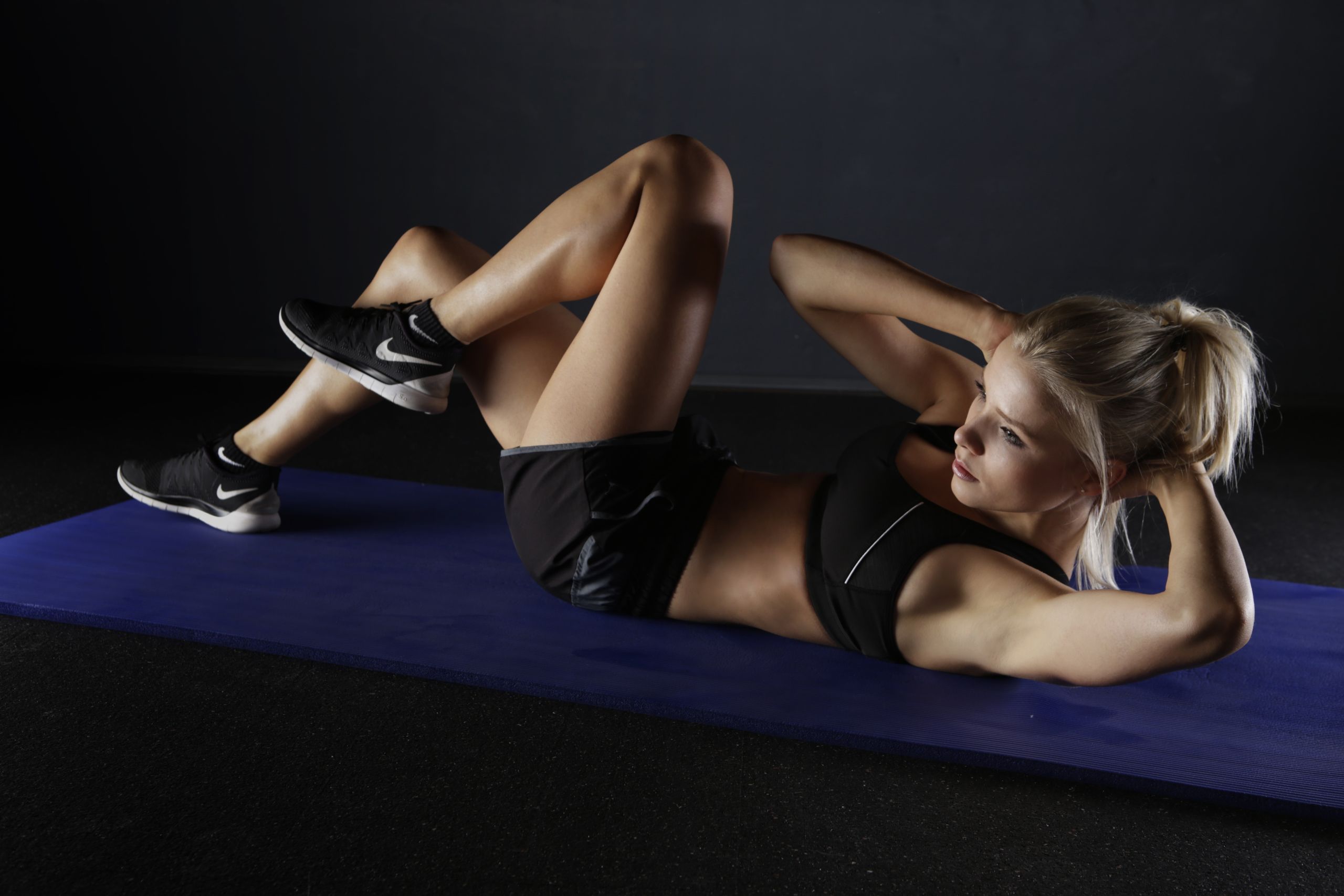Osteoporosis is a disease characterized by structural deterioration and low bone mass density, which increases fragility and increases the risk of falls and traumatic fractures. However, there are exercises for osteoporosis that can help prevent it, and here we talk about them.
If you don’t already know Fitenium is a free, mobile and video-based social network for users who train strength and/or body weight exercises. At Fitenium users can find free personalized routines, follow their performance, compete and get discounts at nutrition stores and sports equipment. Download it here.
What causes osteoporosis?
Various causes that affect the development of osteoporosis include dysfunction of the menstrual cycle, low energy availability (low calorie intake), being underweight, and a sedentary lifestyle.
Osteoporosis also occurs in men, but in sports there is a combination of causes that can have a significant impact on the development of osteoporosis in women. Eating disorders and absence of menstruation. These two factors, along with osteoporosis, make up what is known as the latriad for female athletes.
Athlete without menstruation or loss of menstruation: everything you need to know
The athlete’s triad has been established as a condition in which a combination of eating disorders and weight loss accelerated by sports practice causes irregularities in the menstrual cycle. This condition promotes the progression of osteoporosis and other medical conditions due to the close relationship between the hormonal environment and bone density.
 Therefore, it is important to know how to identify the signs and symptoms that can lead to these situations, such as fatigue above normal, weight changes and changes in the menstrual cycle. In general, sport should be a factor against osteoporosis, so choosing your osteoporosis exercises correctly is key.
Therefore, it is important to know how to identify the signs and symptoms that can lead to these situations, such as fatigue above normal, weight changes and changes in the menstrual cycle. In general, sport should be a factor against osteoporosis, so choosing your osteoporosis exercises correctly is key.
How can I train to improve bone mineral density?
The first thing to know is that sedentary lifestyles and inadequate energy intake are one of the main risk factors for the development of osteoporosis, especially in postmenopausal women.
Therefore, make sure that you are an active and well-composed person throughout your life, as you are much less likely to contract this disease.
Lifelong physical activity helps prevent osteoporosis
First of all, we have to understand what exercises for osteoporosis should be done to strengthen our bones:
- Traction exercises such as those that occur when our muscles are stretched.
- Push exercises such as gravity itself or multiple impacts that occur during execution.
The traction stimulus primarily stimulates cortical bone. It is the densest, superficial and metabolically least active, so it has a much lower turnover rate than bone. The compression stimulus further stimulates the cancellous bone. Cancellous bone is internally and metabolically much more active, with a much higher turnover rate than cortical bone.
Osteoporosis, in particular, has a significant impact on bones that have a high proportion of trabecular tissue (vertebral or upper thigh). This is because it is metabolically active and is more susceptible to hormonal changes. That is why in the case of osteoporosis, recommended exercises are the squat or the deadlift, which help maintain bone density throughout life.
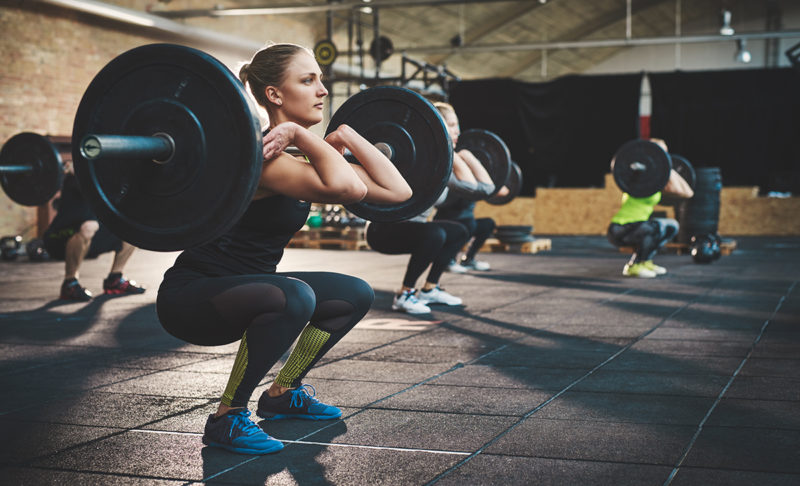 What kind of exercises for osteoporosis should I do?
What kind of exercises for osteoporosis should I do?
To summarize the above, it is necessary to combine exercise with a traction stimulus to the bone and exercise with a compression stimulus. The solution is strength training and small micro-impact exercise like high-speed walking, steps, and vibrating machines.
For strength training, choose multi-joint exercises for the lower and upper body. A list of osteoporosis exercises would be, for example, squats and their variations, deadlifts and their variations, bench press or dumbbells, military press or shoulder press, dumbbells, jerks or basses.
The key to micro impact training is progress. Start by walking on a steep treadmill that compresses less than on a flat surface, then move on to stepping and vibrating machines. In the latter case, it is always better to use it under the supervision of an expert.

